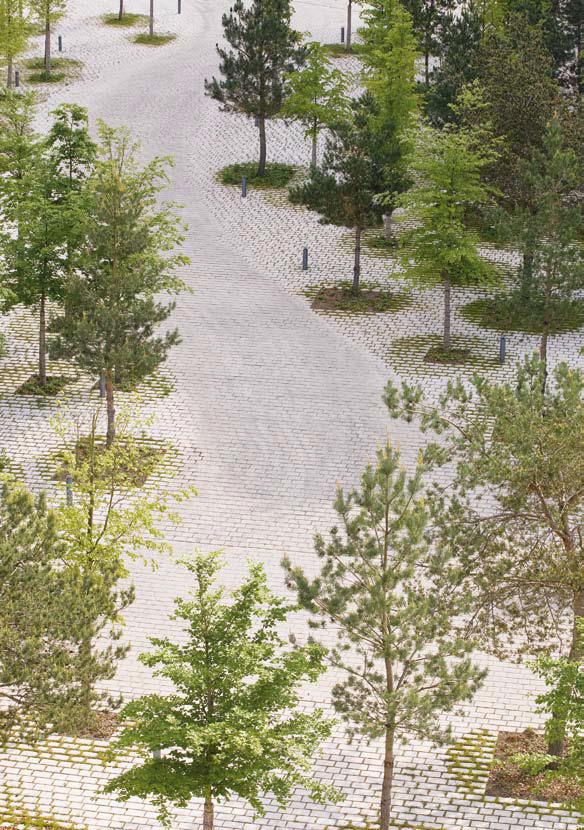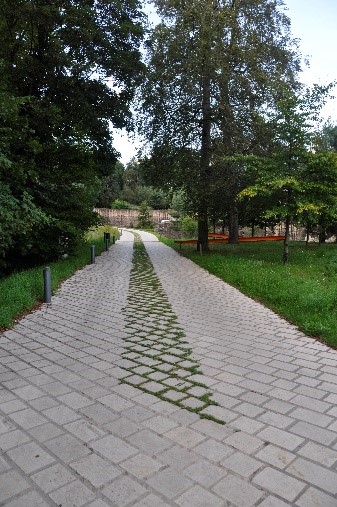Earlier this year we spent a weekend in Luxembourg as it has been on my list of places to see for a long-time, particularly because my aunt lived there. First impressions when we arrived were quite literally….’wow I want to live here!’ It is by far the most picturesque city we have seen in a long time and the brilliant thing about being a visitor in Luxembourg is that you do not particularly feel like a tourist, given the cacophony of languages as you wander along. The country itself has three official languages – German, French and Luxembourgish.
We also noticed that Luxembourg is a rather rich little country and it shows in many ways, some are subtle (like the streets lacking totally in litter) and some quite obvious (the number of green spaces with glorious seasonal flower displays and of course those super-flash cars parked on every corner). The city is divided by a deep valley where the river Alzette flows into two very contrasting parts. The old town sitting on the left bank is the most picturesque and romantic part with the remnants of the fortress, the riverside and historic buildings. For cravers of modern landscape/architecture, there is then the right bank with Kirchberg financial district, museums and parks.
You have to see it to appreciate the contrast of the city, for the ‘Mischkultur’ (mixed culture) which has been reflected in the installation of two museums, one absolutely modern and international (Grand Duke Jean, Museum of Modern Art), the other entirely national and local (Fort Thüngen Museum).

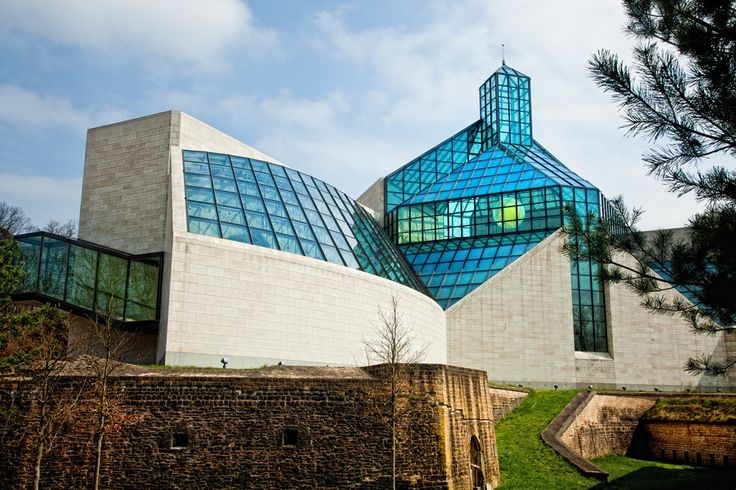
The Thüngen Fortress and Grand Duke Jean are set in a public park (known as 3 Eechelen/Acorns) and make a symbolic link between the new quarter of the Kirchberg and the old part of the city. I found the simplicity and qualities of the park quite remarkable. French Landscape Architect Michel Desvigne is the man behind it all. His design captures the essence of Luxembourg City and unites history and modern technology in a very respectful and sensitive way. The site’s specific topography is the key behind the design concept. It is cleverly integrated into the hillside providing wonderful views of the old city from the esplanade and maintaining its natural character with woodland and wildflower meadows imprinted into the design. The tree pattern and wildflower meadow representation gets more minimalistic towards the Square of Europe on top of the hillside.
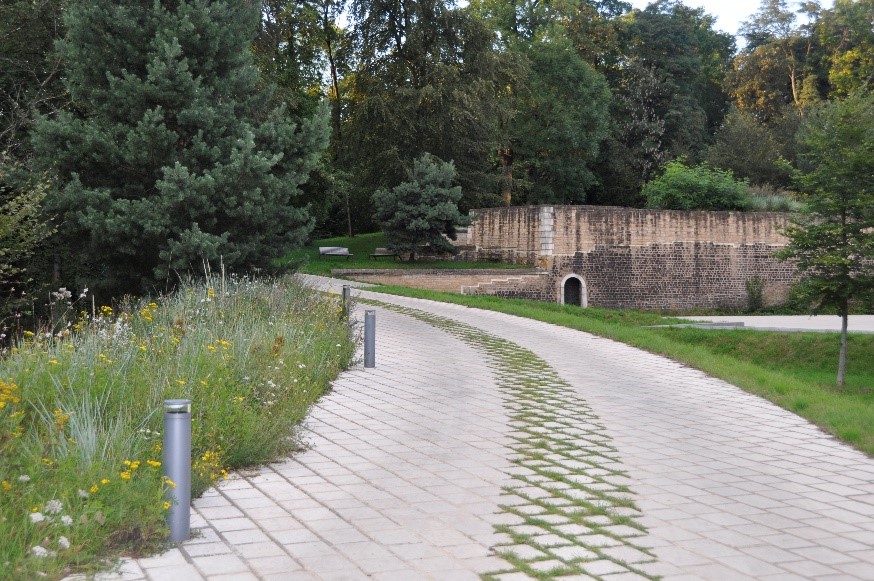
The main and, to me, a unique feature of the park are lime cobblestone paths and squares with grassed joints. These joints have different grass densities in different parts of the park and around trees.
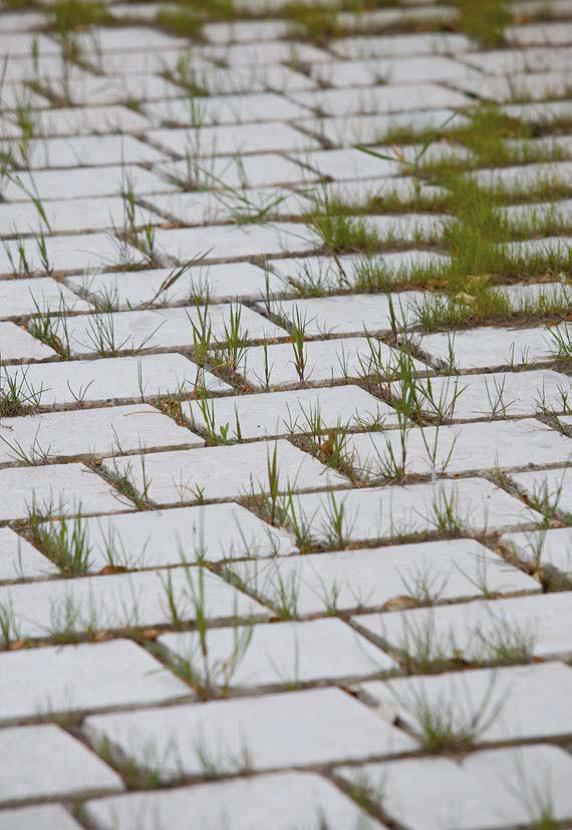
Transition between the city and nature is completed by a wide triangular landscape platform (Square of Europe) densely planted with trees and bordered by Philharmonic Hall and European Convention Centre with towering buildings in the background. Square of Europe With so many accolades and points of interest you have to wonder why you don’t hear about Luxembourg as a travel destination more. Maybe those who’ve discovered it are trying to keep it a secret….
